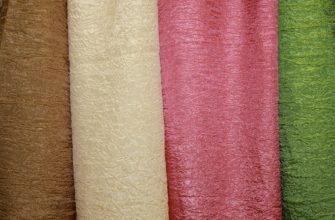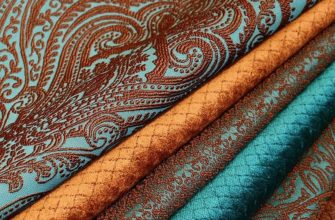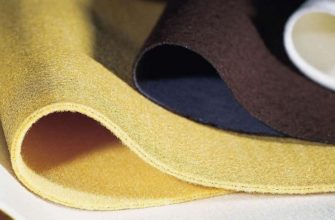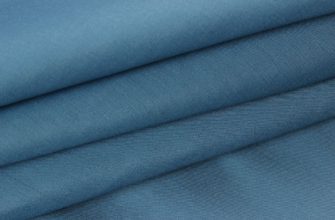What is cloth - a coat fabric or a material for covering a billiard table? The material has the same name, but its purpose is completely different. For a complete understanding, it is worth looking into the question: what is cloth made of and how is it used. What kind of amazing fabric is this, if cloth is a coat, an overcoat, and a billiard table?
History of the appearance of fabric
The history of the appearance of the material cloth goes back to the distant past. Archaeological finds report that in the distant past, devices for the manufacture of such fabric were invented. They were subsequently improved. In medieval Europe, cloth making became the main source of income for the countries that exported it - Great Britain, Saxony, France. Kievan Rus, led by Grand Duke Vladimir Krasnoe Solnyshko, also established the production of cloth. It was a coarse, dense material that perfectly protected compatriots from severe frosts, and also brought considerable income to the treasury. Textile factories opened in Russia by decree of Peter I. They were led by His Serene Highness Prince Menshikov. The main task was to supply the regular army with inexpensive cloth for uniforms.
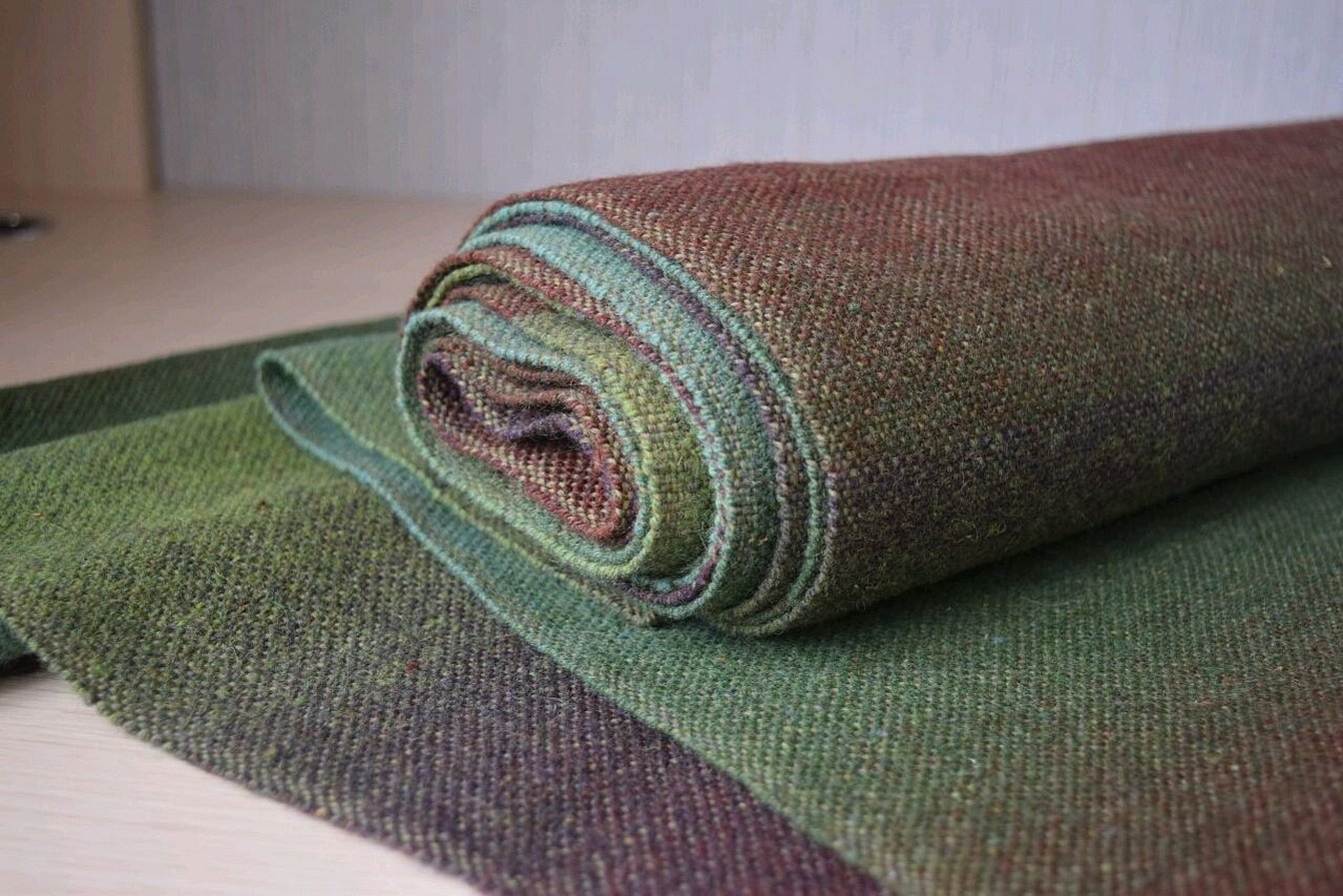
Important! The expression "to put under the cloth" means to leave without attention, without consideration - this is what the explanatory dictionary says. In Russia, officials' desks were covered with cloth. They put papers under it that they did not want to use or asked for a bribe for.
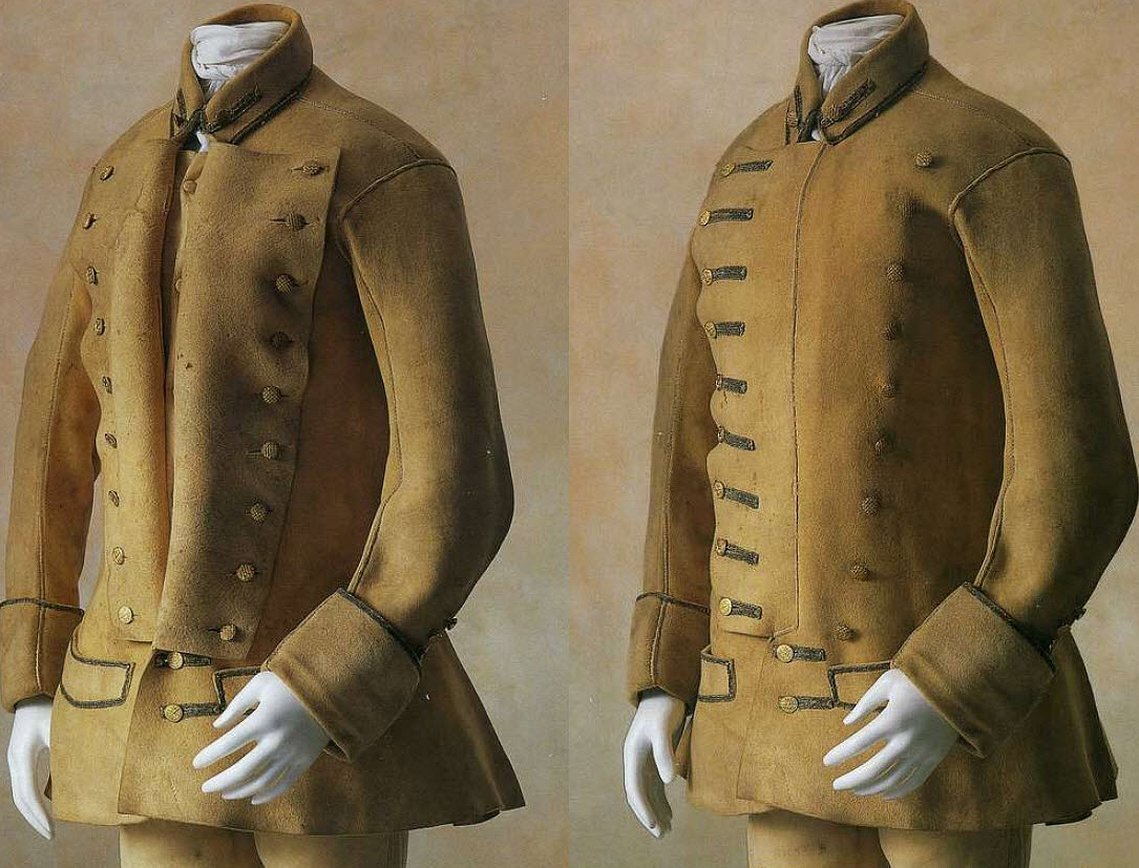
Composition and production technology
Broadcloth is a fabric made from wool or mixed fibers. The best and therefore most expensive raw material is merino wool. Please note! For cheaper products, camel and sheep wool are used in combination with synthetic, cotton and viscose fibers.
The technological process of creating the material includes quite a few stages:
- The cut and combed wool is washed, lumps of dirt and traces of animal fat are removed.
- The prepared raw materials are scutched on scutching machines.
- Combed to remove defective fibers.
- They spin it directly on a special mule machine, producing yarn - the basis for cloth.
- Then the yarn is warped - a base is made from threads of the same thickness and tension.
- The fabric itself is made using plain or twill weave.
- The surface of the material is compacted in a felting machine.
- Washing, dyeing fabric, creating pile.
- Brushing - striking, pressing and packing for shipment to the customer.
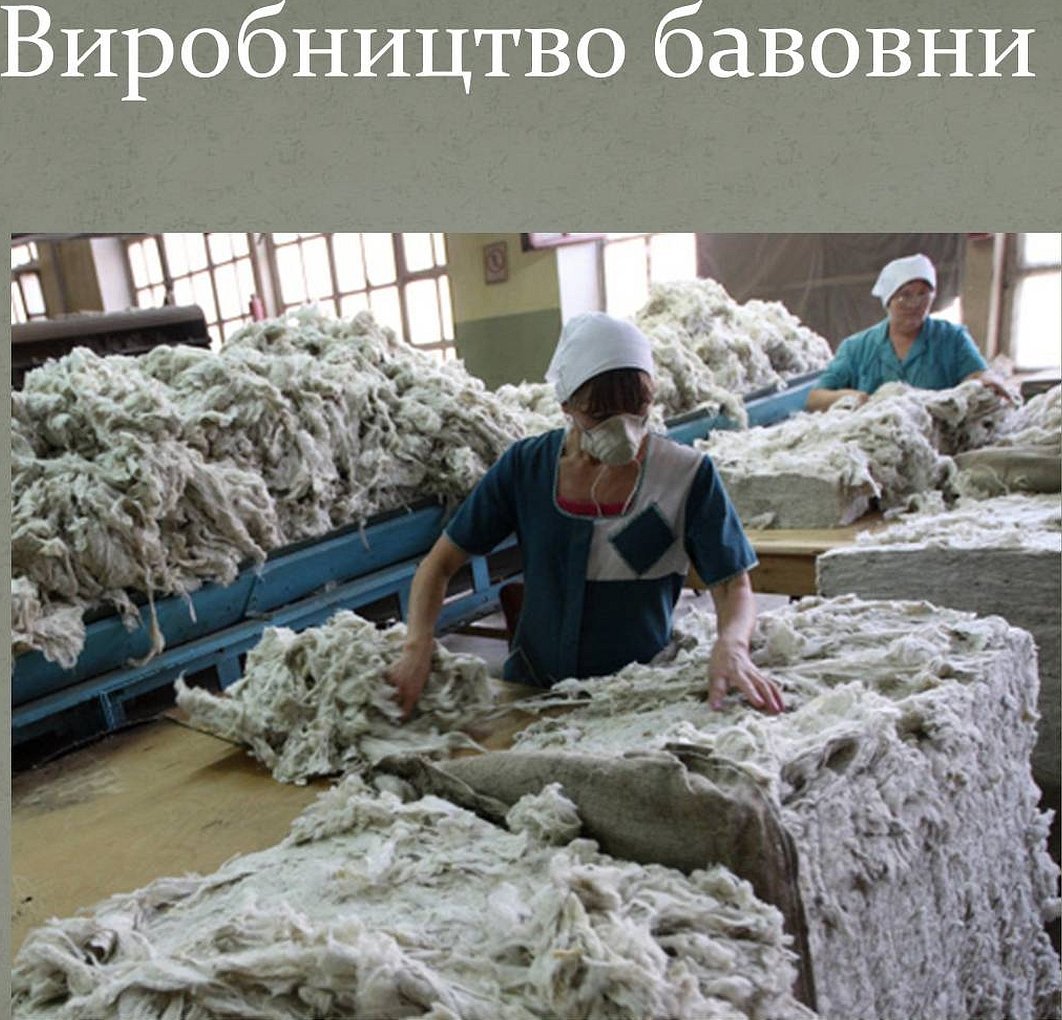
Description of woolen fabrics
The fabric can be completely natural or artificial. Natural fabrics are considered to be completely woolen or semi-wool with a matte surface and pile. The threads are very tightly arranged to each other, so close that there are no gaps between them. The appearance of the material resembles felt. Woolen cloth is obtained by interweaving the same fibers for the warp and weft. Artificial fabric is woven from a cotton warp and weft of mixed composition (wool and viscose).
Different types of cloth
The material is produced in different degrees of density:
- thin, low density;
- coarse, made of thick yarn;
- medium density, semi-coarse.
Please note! Woolen fabrics are often named according to their intended purpose.
Therefore, the following names are found:
- general's;
- officer;
- sailor's;
- overcoat;
- hat;
- footcloth;
- coat;
- costume;
- billiards;
- technical.
Completely natural, wool is divided into two large types:
- Army - is made according to a strict, clear technology that does not allow the slightest deviations, as in the army - strictly according to the regulations. For soldiers and officers, the fabric is distinguished by the quality of raw materials and processing. The fabric is plain dyed, with pile of different lengths.

Important! The most expensive fabric used for generals' ceremonial overcoats is called castor cloth. It is grey in colour and has a satin finish.
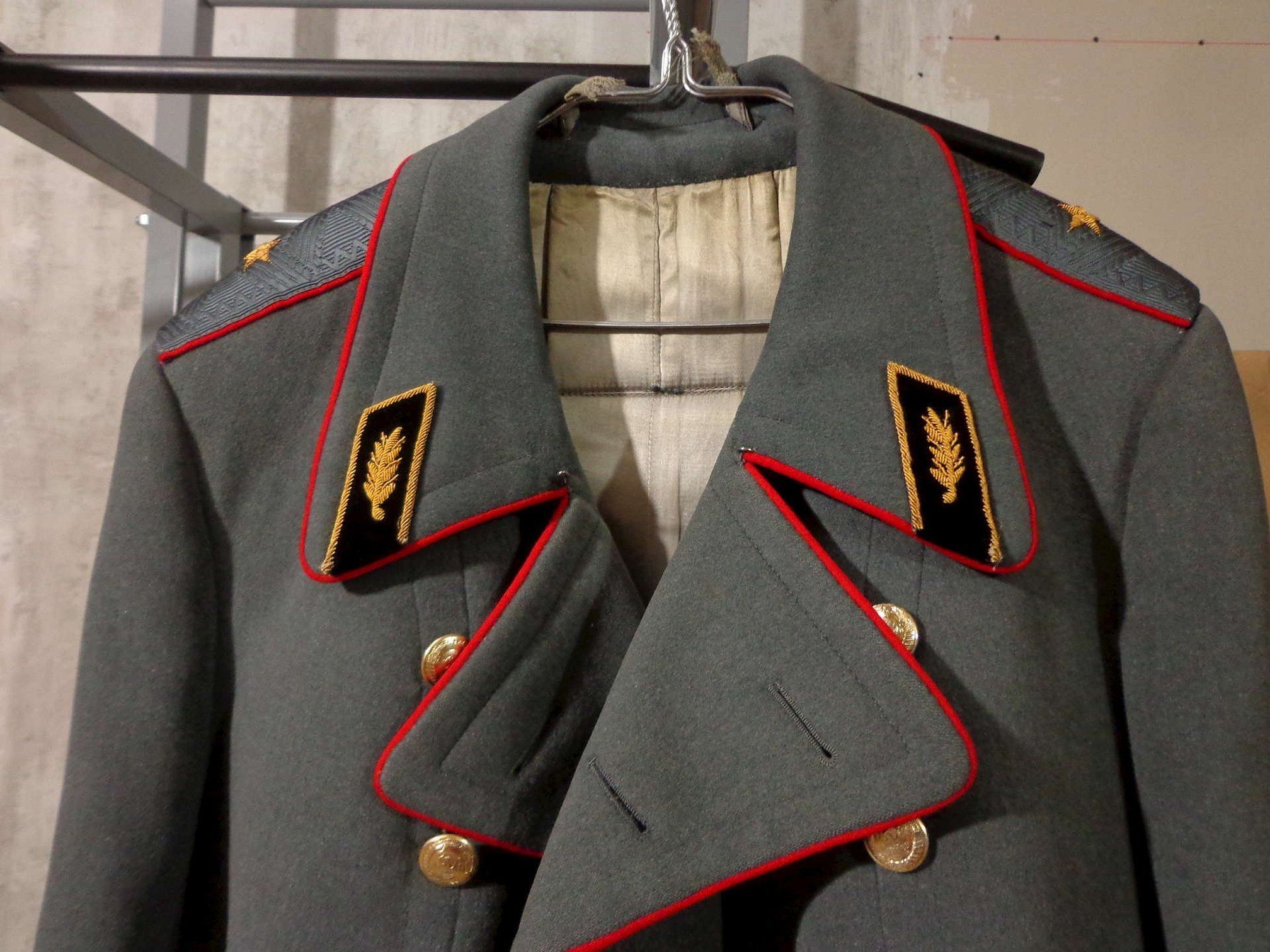
- City - is made using a more simplified technology than army. Softer, thinner than army due to its lower density. The color palette is varied, since it is used to sew all kinds of clothes. It has several varieties: drape, bieber, drapedam, drape-velour, vigone. Drape-velour is made from merino wool, which significantly increases its cost.
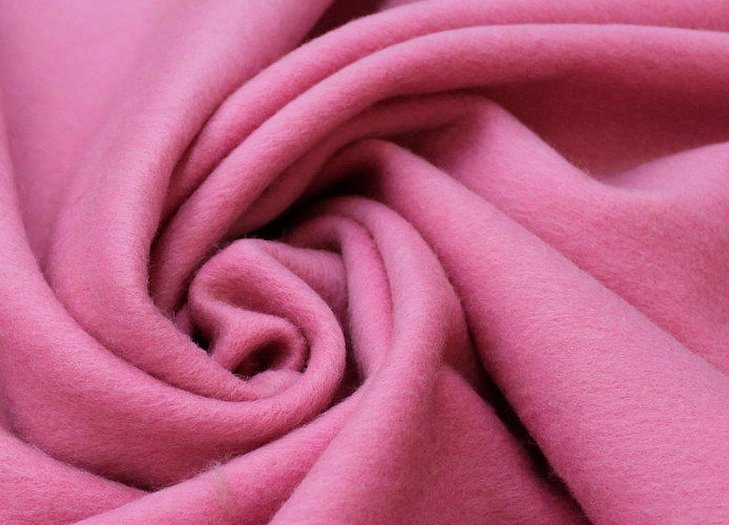
A separate type is sermyaga. This is a homespun, rough, undyed cloth. The word itself is already outdated, but such a fabric exists.
All types of woolen fabric are characterized by the following properties:
- behaves well when cut, does not crumble or fall apart;
- really protects from the cold;
- has an attractive appearance;
- lasts a long time and does not lose its external attractiveness.
Scope of application
Artificial cloth has found its application in industry - it absorbs excess moisture in the press during paper production. It is called drying cloth. Filter cloth is used to clean the air in cleaning installations.
Urban is used for sewing outerwear, beautiful and durable. Melange suits, plain coats and cardigans, skirts. The elasticity of thin cloth is successfully used by the fashion industry - capes with beautiful draperies. Special hat is used to make headwear. They also make bags, scarves and shawls.
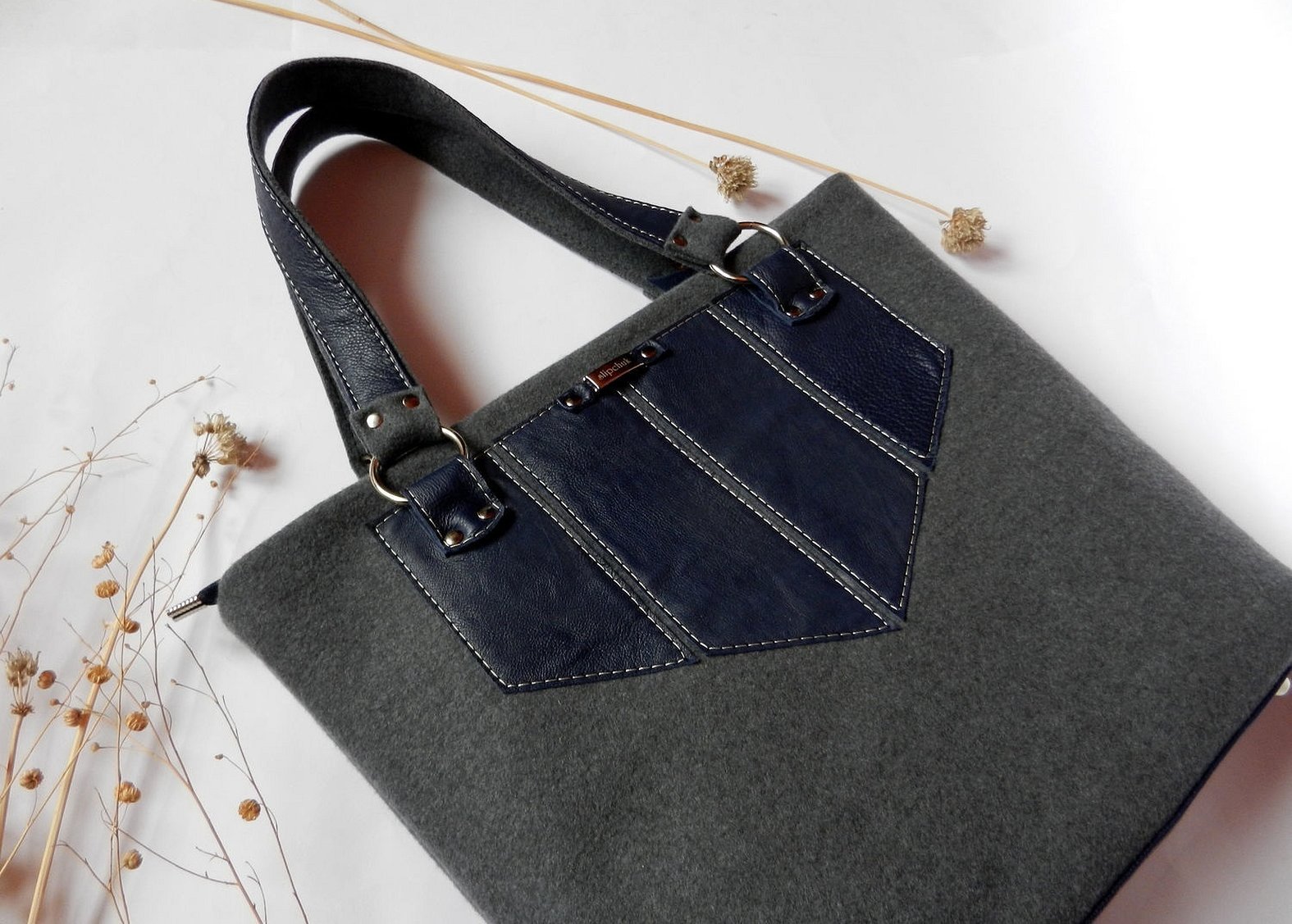
Military uniforms are made from army cloth - uniforms, trousers, greatcoats for personnel. Thin, looser fabric is used for summer uniforms, dense and heavy - for winter. Instrument cloth is used for stripes and chevrons on uniforms. Greatcoat cloth is not only for the military. Due to its ability to withstand sparks and high temperatures, it is successfully used in production - mittens and overalls for workers are sewn from it. Greatcoat cloth is very popular with hunters. It does not make noise or rustle when moving, and is not afraid of sparks. You can sneak up on your prey silently, and after a successful hunt, warm yourself by the fire. And most importantly, it retains a barely perceptible sheep smell, which is very attractive to animals.
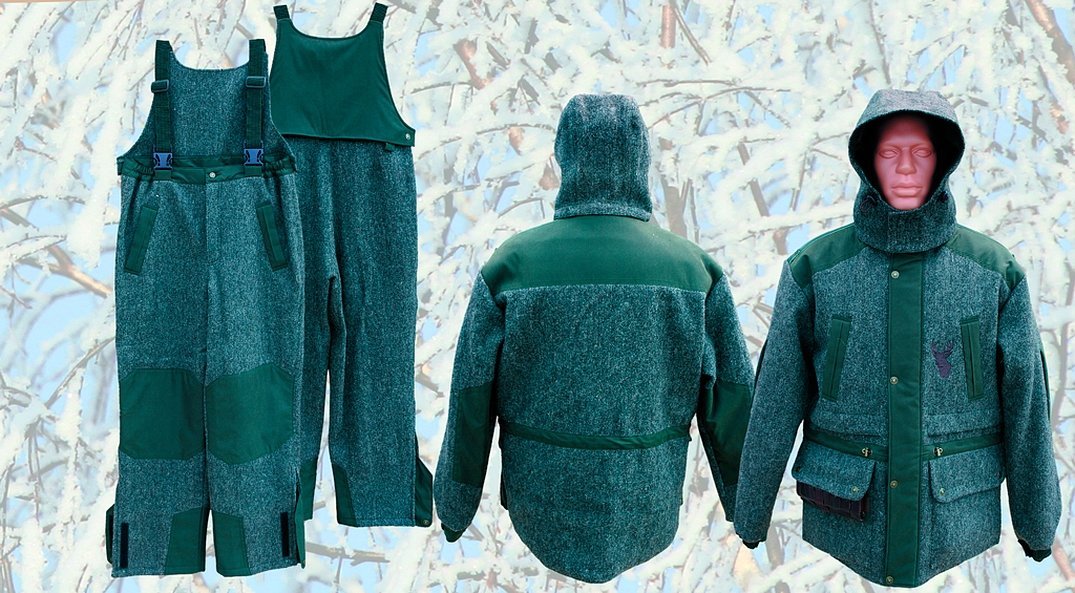
Important! Billiard table cloth is produced using a unique technology. To make the cloth soft, it is dipped in a special solution. Then, when drying, the fibers are laid in one direction. This gives the surface an unusual smoothness. Billiard cloth can be universal or special-purpose: for pool, snooker, and pyramid. It is produced in a rich green color. Due to its high resistance to abrasion, it is sometimes used for reupholstering furniture.
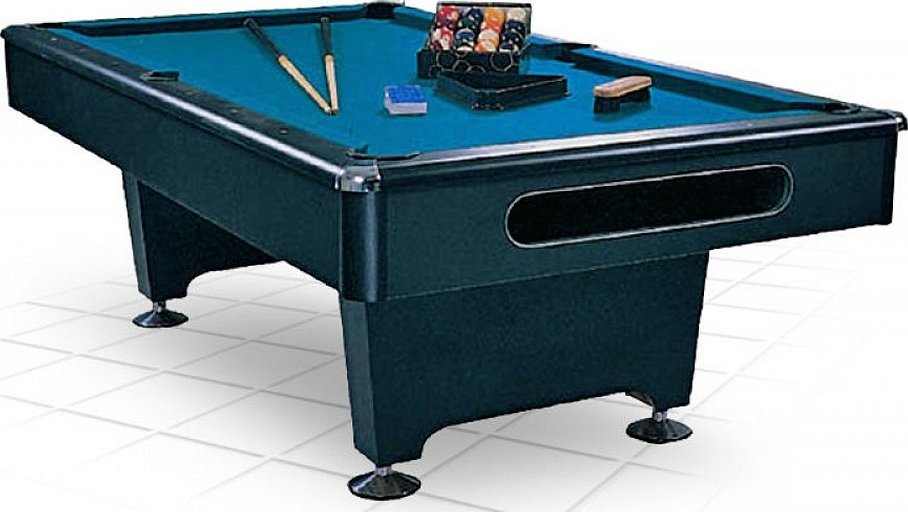
Woolen cloth with pile is used for making footwear. Boots and shoes for special purposes are very popular - army, hunting.
Soft types are used to make blankets. They are used in barracks and medical institutions. They are valued for their naturalness and environmental friendliness.
Caring for cloth
Cloth products must be dry-cleaned to remove dirt; washing them is prohibited, as the fabric may become deformed. You can iron them at home. For thin cloth, the iron temperature is low; if the fabric is thick, you can set the maximum temperature. To remove small stains, you can use special products, having previously tested them on a small, inconspicuous area. Cuffs, collars, and flaps on clothing must be regularly cleaned of pellets using a special machine.

Cloth is in great demand in Russia. And this is not surprising - practical, warm fabric, with which frosts are not terrible. Popular with men and women, familiar to all fans of the popular game of billiards.

